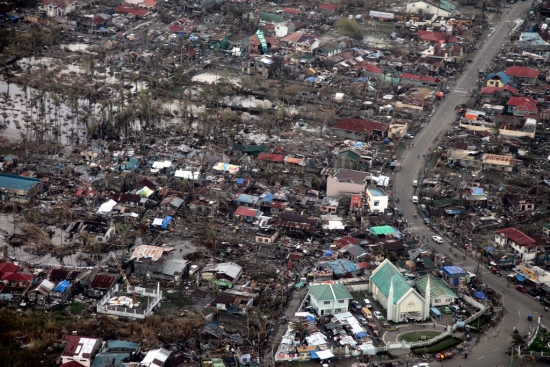The Philippines has been left reeling from the impact of Typhoon Haiyan, which was the most powerful storm ever to hit landfall.

The deadly typhoon was responsible for the deaths of an estimated 4,000 people, with many more left injured.
The impact of the storm on property was devastating with up to half a million homes destroyed and other buildings flattened.
But, as the country counts the cost, the World Property Channel forecasts that the property boom in the country’s capital Manila is unlikely to suffer long-term disruption.
Manilla was spared the worst of the storm and is expected to recover to resume its position as one of the leading investment hot-spots in the region.
Before the storm, the office market in Manila was up 17.6 per cent over the previous year’s figures, second only to Jakarta’s impressive 52 per cent rise.
Doing business in the country is not without its challenges for investors, though. The Philippines is ranked at 108th in the world in ease of commerce. The country’s record on investor protection is also poor.
However, investment banks feel that the country is now on an upward curve. HSBC has stated that the Philippines is expanding at 7.6 per cent which puts it slightly above China’s 7.5 per cent growth rate.
Outside Manila, the country’s shattered communities will take a long time to recover from Typhoon Haiyan. RICS has called for effective building codes to be put in place, along with a strong land administrative system. These measures, RICS believes, can only assist in the disaster recovery process.
The UK is providing £55 million in humanitarian aid, together with Royal Navy ships and Royal Air Force planes to help distribute aid to remote areas.
Previous Post
Capital to get Third Westfield Mall
No related posts found for this post.